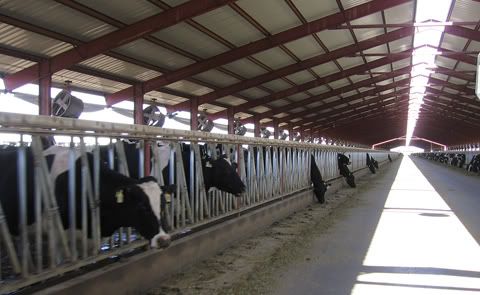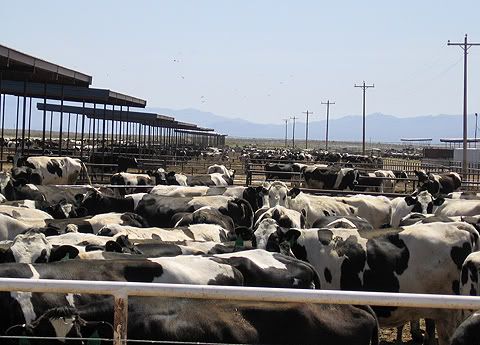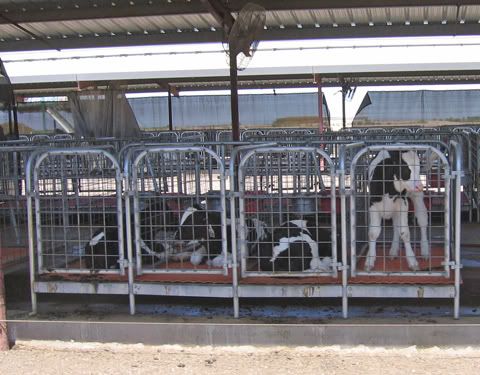Today I was working in the garden when – surprise! – I found a brown garden snail. A thorough check of nearby lettuce yielded three more snails. I brought them inside and put them in a jar to let the kids see them. These snails are actually the same species you pay top dollar for in fancy French restaurants. I found escargots in my salad. According to a little bit of internet research, the snails were brought to America by an enterprising Frenchman hoping to make money selling escargots during the Gold Rush, but the French delicacy didn’t really catch on. With his business idea a failure, he tossed out his snails… and they became an established pest here in the U.S.
This is rather interesting, in light of some research I’ve been doing about California’s efforts to eradicate the light brown apple moth (LBAM), an invasive pest from Australia. They were found in northern California a few years ago and the state’s Department of Food & Agriculture (CDFA) decided almost immediately to institute frequent aerial spraying in several counties. The CDFA’s plan runs entirely counter to science for a number of reasons. First, LBAM isn’t that serious a pest anywhere in the world – and the moths have many natural predators.
If you ask me, the brown garden snail is a much more serious pest, and it’s also invasive, even if it’s not as recent a newcomer as the LBAM. But instead of blanketing the entire state – including densely populated urban areas – with pesticide, there’s a quick and easy solution for the brown garden snails. Actually, there are several. In my own yard, I’m releasing decollate snails, which prey on garden snails. Traps using beer to drown the snails work pretty well too. And I’d much rather suffer a bit of damage from either a moth or a snail than see the entire area where I live doused with pesticides. You could easily use the same non-toxic tactics to deal with LBAM, like creating habitat for its predators in agricultural areas.
The real question isn’t which pest is worse, but why our government gets to decide which invasive pests are serious and which aren’t, and which ones should be eradicated. Especially because scientists have shown that almost no pest has ever been eradicated in the entire world. At a talk I attended a few weeks ago, entomologist James Carey told of ONE pest he’d heard of that was successfully eradicated. It was a pest in New Zealand that was only dispersed within a half square-mile area and to get rid of it, they sprayed and sprayed and sprayed again many, MANY times.
A National Academy of Science panel found that the USDA “did not conduct a thorough and balanced” scientific analysis when it classified the LBAM as a major pest. They also did not test the safety of Checkmate, the pesticide they chose to spray, (a pesticide that is manufactured by Suterra, a company owned by Stewart and Linda Resnick, who are major campaign donors to a number of politicians within the state) and ignored previous research that found safety problems with that particular spray. And they didn’t do a very good job even making sure that the spray was evenly mixed and would be evenly dispersed in a way that would be effective on the moths. Initially, they didn’t even want to bother with Environmental Impact Reports either. When they did spray, in Monterey, they said that the spray would not effect the marine sanctuary… but it did.
As of now, aerial spraying is not planned, but spraying from the ground is, along with use of pesticide laden twist ties. Ground spraying is not as innocent as it sounds, if it will be anything like recent spraying for the gypsy moth in Ojai, CA. In Ojai, the spray crews brought cops and warrants and sprayed private property, even against the wishes of residents. In the case of Ojai, they sprayed Bt, a pesticide widely used in organic agriculture. But while state spraying is upsetting for environmentalists and gardeners (and using Bt instead of other, more toxic sprays might reduce opposition), it actually made some people sick. When the state decides to spray, they don’t care if you’ve got asthma, and they’re going to spray you anyway, even if it makes you sick. You can hear testimonies from those who were sprayed in Ojai in this video.
In a bankrupt state like California, spraying for LBAM is not just a violation of our rights and a display of the government’s flagrant disregard for science, it’s also a tremendous waste of taxpayer money.




